目录
- 1、使用 in 和 not in
- 2、使用 find 方法
- 3、使用 index 方法
- 4、使用 count 方法
- 5、通过魔法方法
- 6、借助 operator
- 7、使用正则匹配
我们经常会遇这样一个需求:判断字符串中是否包含某个关键词,也就是特定的子字符串。比如从一堆书籍名称中找出含有“python”的书名。
判断两个字符串相等很简单,直接 == 就可以了。其实判断包含子串也非常容易,而且还不止一种方法。下面我们就给大家分享 7 种可以达到此效果的方法:
1、使用 in 和 not in
in 和 not in 在 Python 中是很常用的关键字,我们将它们归类为成员运算符。
使用这两个成员运算符,可以很让我们很直观清晰的判断一个对象是否在另一个对象中,示例如下:
>>> "llo" in "hello, python" True >>> >>> "lol" in "hello, python" False
2、使用 find 方法
使用 字符串 对象的 find 方法,如果有找到子串,就可以返回指定子串在字符串中的出现位置,如果没有找到,就返回 -1
>>> "hello, python".find("llo") != -1
True
>>> "hello, python".find("lol") != -1
False
>>
3、使用 index 方法
字符串对象有一个 index 方法,可以返回指定子串在该字符串中第一次出现的索引,如果没有找到会抛出异常,因此使用时需要注意捕获。
def is_in(full_str, sub_str):
try:
full_str.index(sub_str)
return True
except ValueError:
return False
print(is_in("hello, python", "llo")) # True
print(is_in("hello, python", "lol")) # False
4、使用 count 方法
利用和 index 这种曲线救国的思路,同样我们可以使用 count 的方法来判断。
只要判断结果大于 0 就说明子串存在于字符串中。
def is_iphpn(full_str, sub_str):
return full_str.copythonunt(sub_str) > 0
print(is_in("hello, python", "llo")) # True
print(is_in("hello, python", "lol")) # False
5、通过魔法方法
在第一种方法中,我们使用 in 和 not in 判断一个子串是否存在于另一个字符中,实际上当你使用 in 和 not in 时,Python 解释器会先去检查该对象是否有__contains__魔法方法。
若有就执行它,若没有,Python编程客栈 就自动会迭代整个序列,只要找到了需要的一项就返回 True 。
示例如开发者_JAVA教程下;
>>> "hello, python".__contains__("llo")
True
&gwww.devze.comt;>>
>>> "hello, python".__contains__("lol")
False
>>android>
这个用法与使用 in 和 not in 没有区别,但不排除有人会特意写成这样来增加代码的理解难度。
6、借助 operator
operator模块是 python 中内置的操作符函数接口,它定义了一些算术和比较内置操作的函数。operator模块是用 c 实现的,所以执行速度比 python 代码快。
在 operator 中有一个方法 contains 可以很方便地判断子串是否在字符串中。
>>> import operator
>>>
>>> operator.contains("hello, python", "llo")
True
>>> operator.contains("hello, python", "lol")
False
>>>
7、使用正则匹配
说到查找功能,那正则绝对可以说是专业的工具,多复杂的查找规则,都能满足你。
对于判断字符串是否存在于另一个字符串中的这个需求,使用正则简直就是大材小用。
import re
def is_in(full_str, sub_str):
if re.findall(sub_str, full_str):
return True
else:
return False
print(is_in("hello, python", "llo")) # True
print(is_in("hello, python", "lol")) # False
到此这篇关于Python判断字符串是否包含特定子串的7种方法的文章就介绍到这了,更多相关Python判断字符串是否包含特定子串内容请搜索我们以前的文章或继续浏览下面的相关文章希望大家以后多多支持我们!
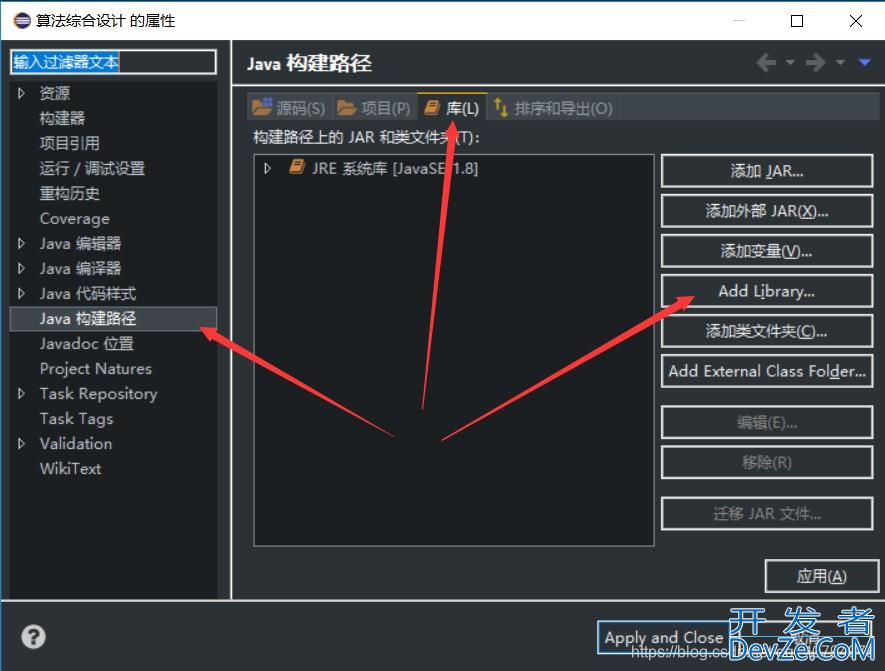
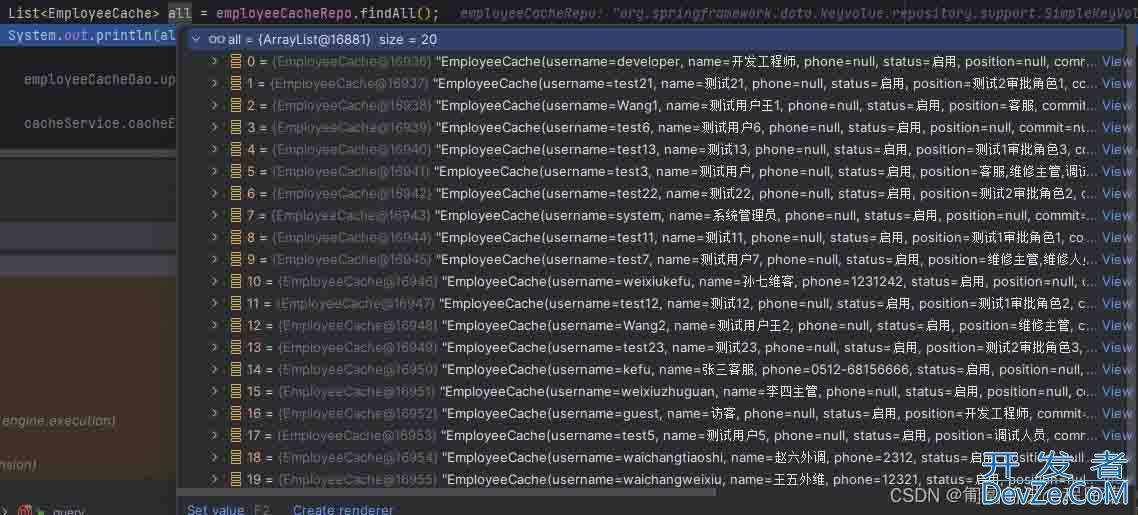
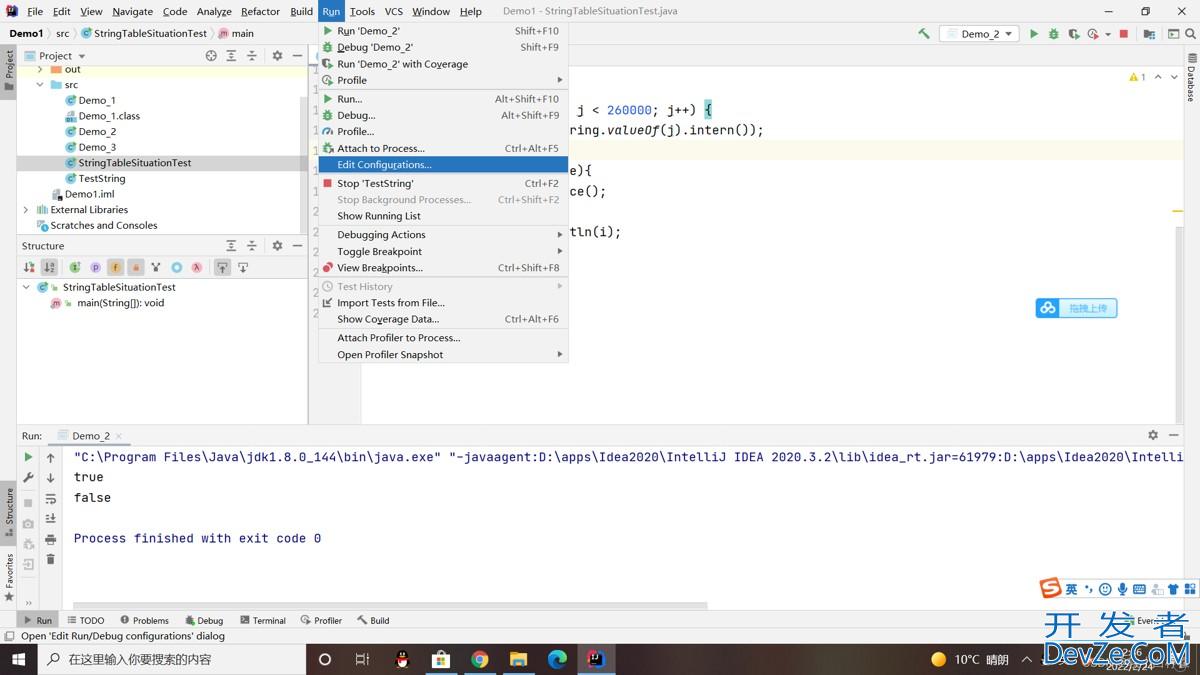
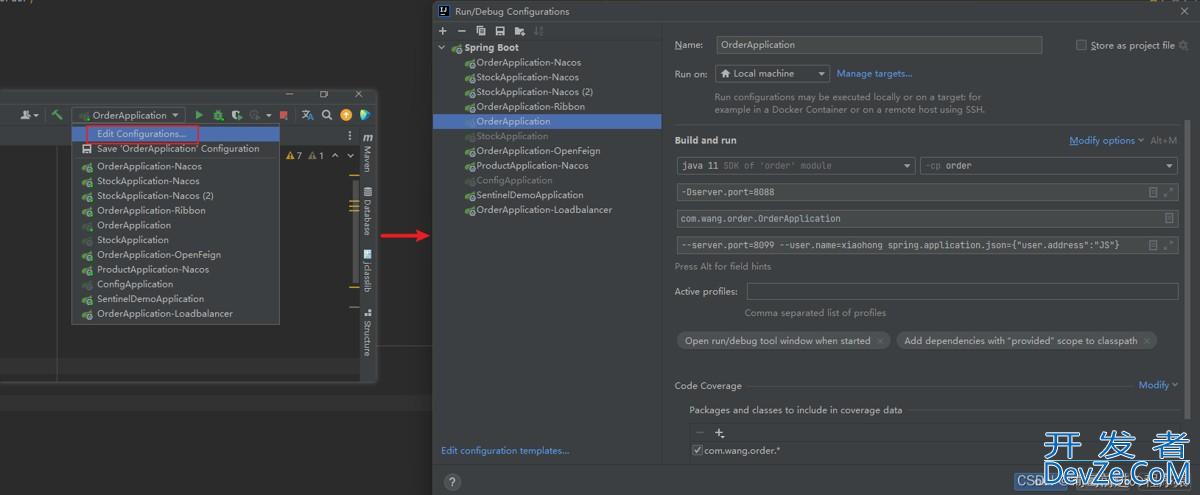

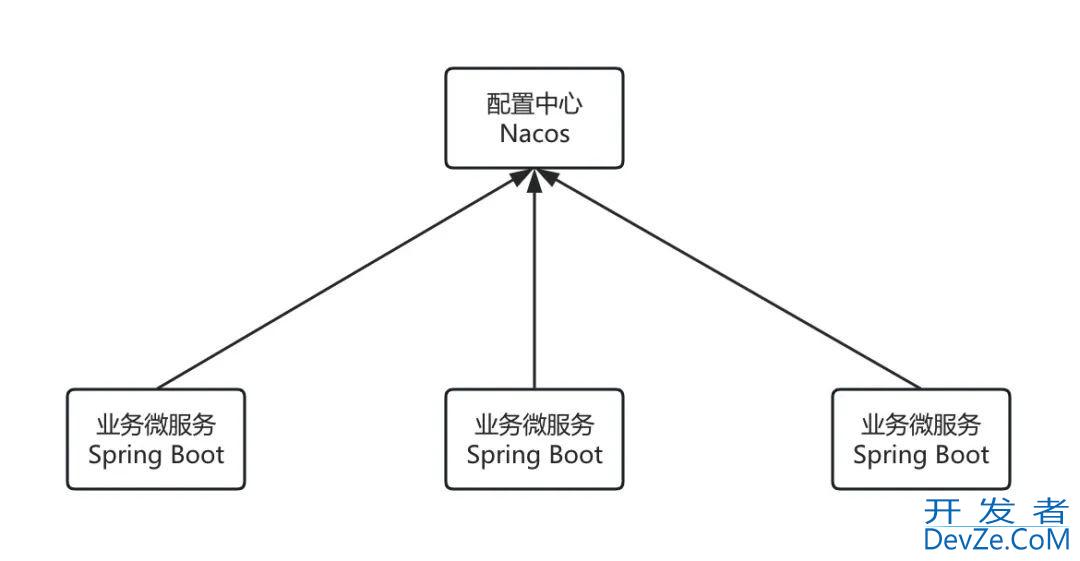
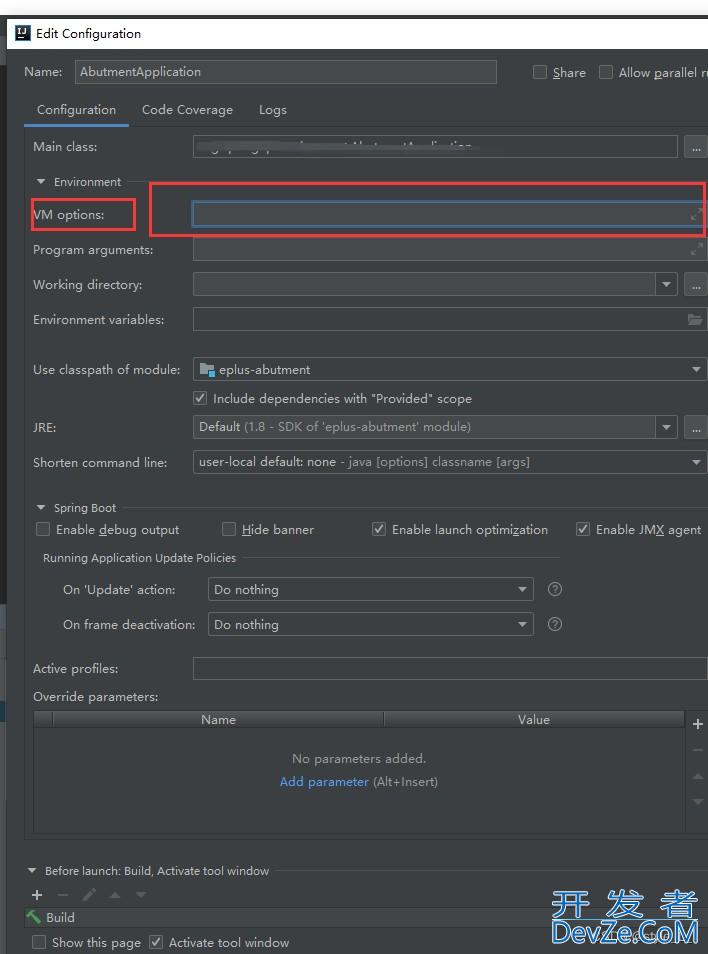
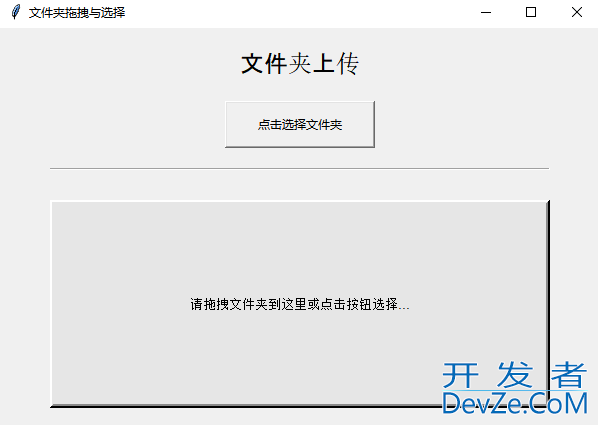
 加载中,请稍侯......
加载中,请稍侯......
精彩评论